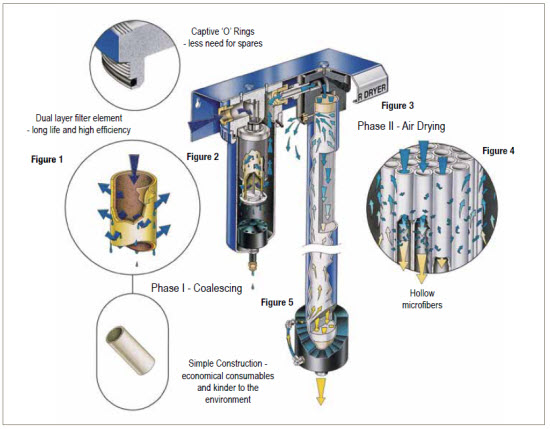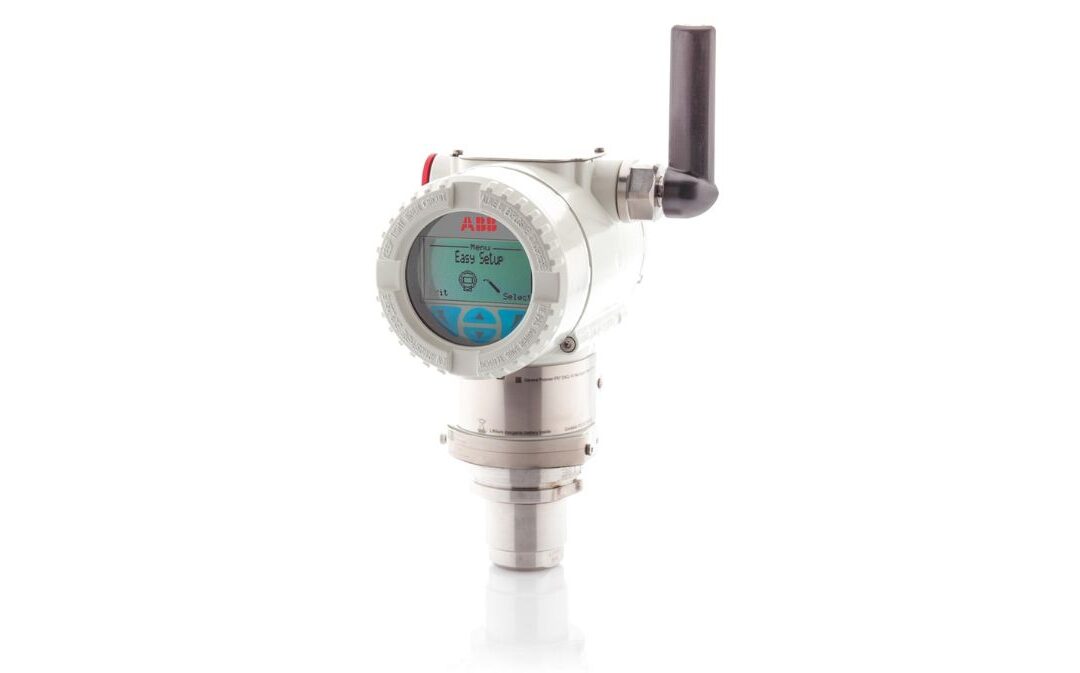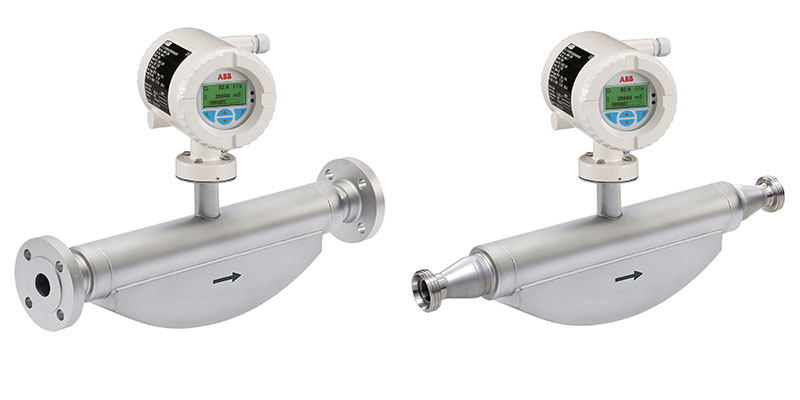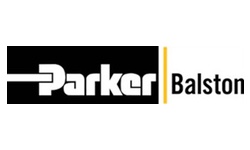
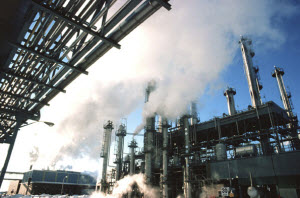
Equipment considerations
Electrically operated equipment that is located in hazardous areas must be specifically designed to prevent ignition and explosion. Electrical enclosures found on the various types of traditional compressed air drying equipment (refrigerated dryers, chemical dryers and desiccant dryers) must be strong enough to contain an explosion within the cabinet. Therefore the walls of the enclosure must be very thick and heavy. The internals in the cabinet must operate at temperatures below the ignition temperature of the hazardous material. The cabinet must also be designed so that any ignition inside the cabinet would not immediately exit the cabinet; in other words, the ignited gases must be quenched so that the escaping gases don’t cause an explosion outside the cabinet. The added weight and heavy-duty designs of such equipment increase the cost and space requirements.
Membrane technology as an effective alternative
Membrane dryers are designed with no moving parts and require no electricity, making them inherently explosion proof. Membrane dryers use specially formulated membrane microtubes that are selectively permeable to water vapor. The microtubes provide an excellent medium for producing dry air from standard compressed air. As the compressed air travels along the length of the membrane, water vapor diffuses through the membrane, producing clean, dry compressed air at the outlet. A small fraction of the dry air is then directed along the outside surface of the membrane to sweep the moisture-laden air away from the membrane (Figure 1). These dryers can reduce the dew point of compressed air to as low as -40°F/°C. They operate with very little noise output – just a small amount of purge air is emitted through small exhaust ports. To free up floor space, membrane dryers can be wall-mounted. They contain no refrigerants or freons, making them environmentally safe. Membrane compressed air dryers are ideal for remote areas, Class I, II or III hazardous locations, sub-freezing environments, and applications requiring water vapor removal and a consistent dew point. Figure 1: How membrane technology works
